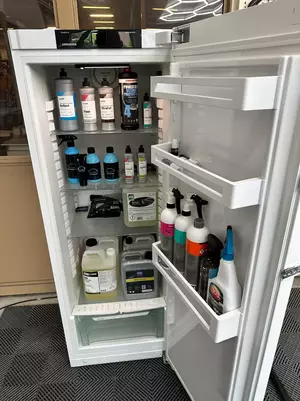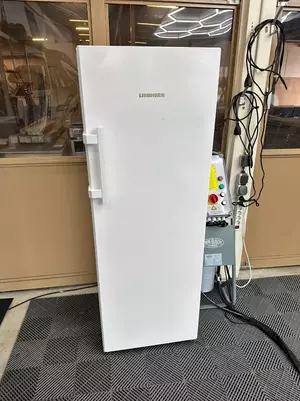Ik heb een 10 tal jaar geleden van auto finesse de revitalise kit aangekocht. Doorheen de jaren de compounds verschillende keren gebruikt. Nu is het opnieuw enkele jaren geleden dat ik ze gebruikt heb en vroeg mij af als er eigenlijk een "houdbhaarheid" staat op deze producten. Sowieso scheiden de componenten zich als ze een tijdje blijven staan en blijft er bovenaan een waterachtige laag staan. Voor gebruik schud is deze zeer goed en lang en lijkt alles terug normaal te zijn.
Mag ik ervan uitgaan dat deze producten eigenlijk "oneindig" houdbaar zijn?
Mag ik ervan uitgaan dat deze producten eigenlijk "oneindig" houdbaar zijn?



